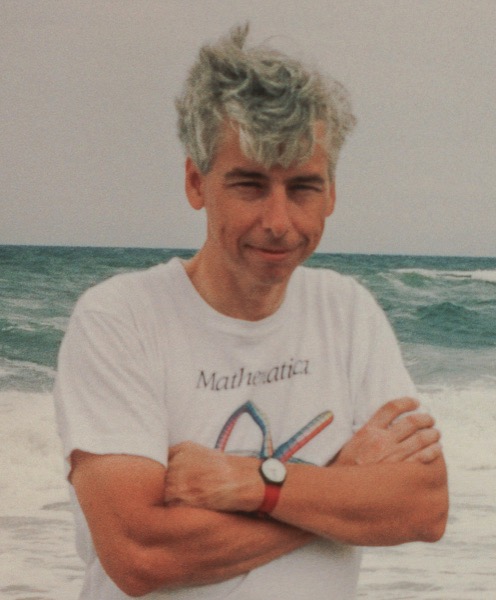
I’m the lucky dog who has been able to spend a lifetime exploring math, science, computing, and technology, then writing about my adventures.
Two singular events shaped my professional life. First, in 1973 Dennis Flanagan gave me a job as an editor on the staff of Scientific American, and then taught me how to do it. I stayed with the magazine until 1984. It’s where I got my education.
The one drawback of life at Scientific American was that I spent most of my time in the company of scientists who seemed to be having more fun than I was. They did the experiments and made the discoveries; I helped them tell the story but wished I could participate more deeply and directly. Then the second transforming event came along: the affordable personal computer. Here was a portal to the world of science and math that I could hope to master on my own. In 1983 I launched a column called “Computer Recreations” in the pages of Scientific American, filling the slot that had previously been occupied by Martin Gardner and then by Douglas Hofstadter. I have been writing similar essays ever since. After I left Scientific American, I wrote for Computer Language and for The Sciences, then for almost 25 years I wrote the “Computing Science” column in American Scientist. (I was also the editor of American Scientist from 1990 to 1992.)
Almost all of my essays are freely available online, either here on bit-player or on the American Scientist website. Follow the links in my publications list.
In 2005 my book Infrastructure: A Guide to the Industrial Landscape was published by W. W. Norton and Company. A revised and updated edition came out in 2014. The book has its own website. In 2008 a collection of my essays, Group Theory in the Bedroom, and Other Mathematical Diversions, was published by Hill and Wang. That book too has a website. Another collection of essays, Foolproof, and Other Mathematical Meditations, was published by MIT Press in fall 2017. The website for that book is here.
From 2010 to 2018 I held a courtesy appointment in the School of Engineering and Applied Sciences at Harvard University. Over the years I have also benefited from extended visits to the Mathematical Sciences Research Institute in Berkeley, the International Centre for Theoretical Physics in Trieste, Italy, and the Simons Institute for the Theory of Computing at the University of California Berkeley. My work on Infrastructure was supported by the Alfred P. Sloan Foundation. From 2016 through 2019 I was a Fellow of Y Combinator Research, the philanthropic arm of the Y Combinator venture capital firm and startup incubator.
How to reach me
email: brian@bit-player.org
postal: 10 Mount Bolus Rd, Chapel Hill NC 27514, USA
twitter: @bit_player
